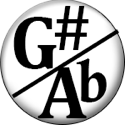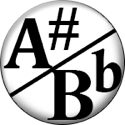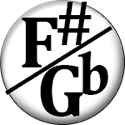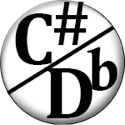V of VI Secondary Dominant Patterns
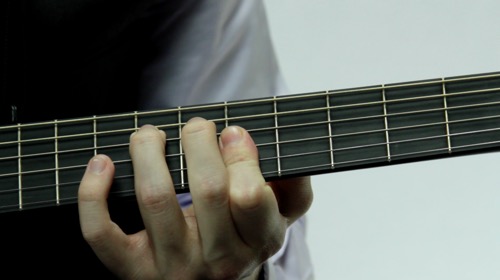
Hi. This is Hub Guitar.
We're going to talk about the V of VI chord. This is a secondary dominant chord, so it does not normally belong in the key. In this case, we're in C major, and so our VI chord is A minor. In the key of A, the V major chord would be E major. So we're going to "borrow" that E major and stick it in front of our A minor. So hopefully you can hear how that E chord highlights the A minor chord and brings it to life.
We're going to play this as triads on strings 2, 3 and 4. This is a good place to play accompaniment patterns. When you play chords, you want to make sure you're not playing notes that are too high or too low.
Let's try it.
Once you've got that done, try it on the different inversion or different string set and repeat that process until you're confident with hearing and playing how this secondary dominant works all over the fret board.
The V of VI is the dominant chord that resolves to the VI- of a major key. This is probably the most frequently-used secondary dominant, because it’s very common to tonicizeThis term refers to a chord or melody event that causes the following chord to be heard as the tonic, usually by way of some form of resolution. the relative minor, and this secondary dominant resolves to the tonic chord of the relative minor.
Example Chord Progression
In the key of C, the relative minor is A-. There is a strong relationship between the C and A- chords, because each could be considered the tonic chord of a key containing all 7 natural notes. When combined with the powerful (but not overly-dramatic) effect of switching from a major key to its relative minor, this relationship is a very popular device to use in modern music. In fact, on some radio stations, just about every song features a switch at some point between the major key and its relative minor.
It is also common to imply this switch without actually using the V/VI chord. For example, a verse that starts on the C chord, followed by a chorus that starts on the A- chord. Even without the secondary dominant V/VI chord to strengthen the A-, we'll still tend to hear a slight shifting of gravity towards the A minor universe.
| Function | I | III- | V/VI | VI- | I |
| Chord | C | E- | E | A- | C |
| Chord Source | C major | C major | A minor | C Major | C Major |
The Chords
C
E-
E
A-
C Major
Key Exercises
- Learn, memorize, and apply the chord patterns.
- Start again from a different C triad, either on a different string set, or another inversion, or both. Voice lead through the progression.
 As the creator of Hub Guitar, Grey has compiled hundreds of guitar lessons, written several books, and filmed hundreds of video lessons. He teaches private lessons in his Boston studio, as well as via video chat through TakeLessons.
As the creator of Hub Guitar, Grey has compiled hundreds of guitar lessons, written several books, and filmed hundreds of video lessons. He teaches private lessons in his Boston studio, as well as via video chat through TakeLessons.




